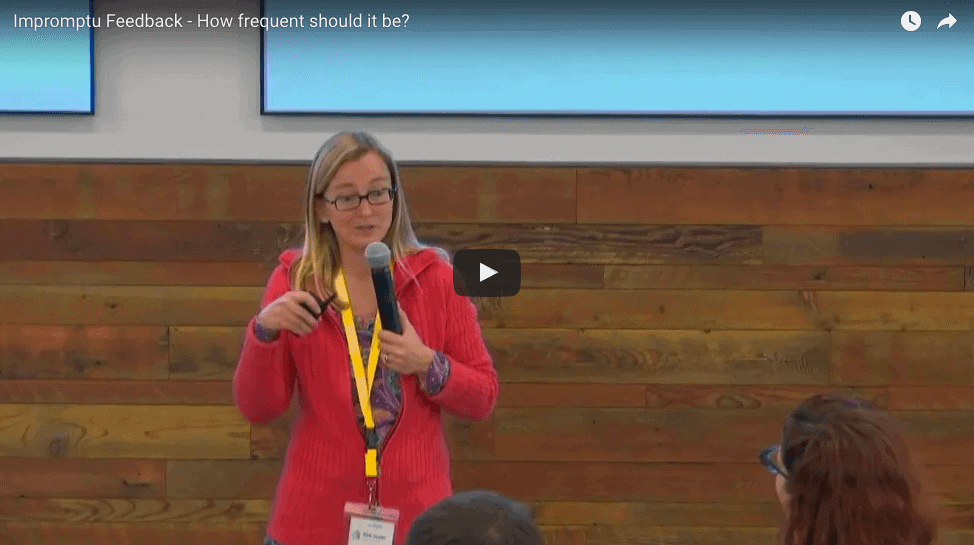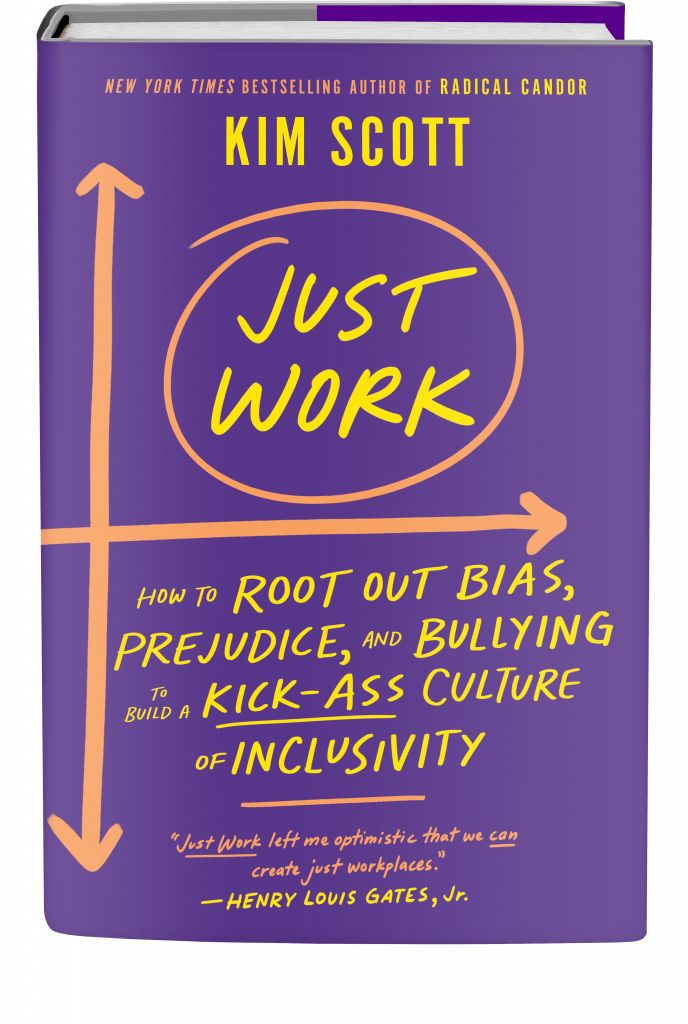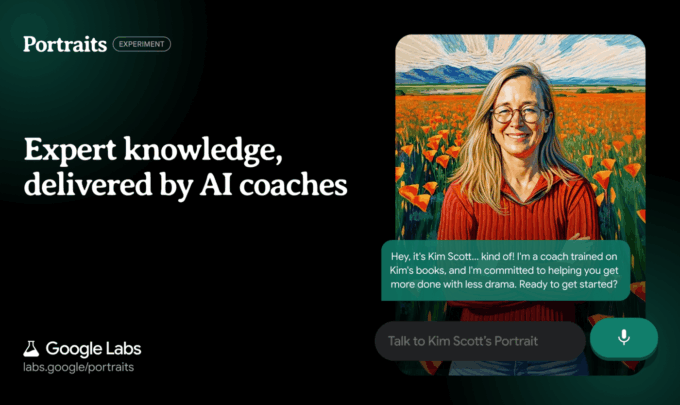Kim Scott is the author of Radical Candor: Be a Kick-Ass Boss Without Losing Your Humanity and Radical…
Video Tip: How Often Should I Give Feedback?
How often should you be giving people feedback? Speaking a few years ago at Slack, I got a question about feedback frequency — how much is too much or not enough?
QUESTION: I feel like I don’t find that many opportunities where I can give someone constructive feedback. Am I just ignoring things? How often should one be doing this?
There is one rule of thumb that applies to criticism in general but is especially good advice when you’re really busy and nerves are frayed. It’s best summed up by advice a friend’s godfather gave her at her wedding.
“If it’s brown flush it down. If it’s yellow let it mellow.” She got married on an island with a poor septic system, and this was a sign by all the toilets. But as her godfather said, “These are words to live by. If there’s a big stinking problem talk about it before it fouls your relationship. But if it’s a small thing, let it go.”
ANSWER: You don’t need to nitpick every little thing, but if you see something that matters, tell the person.

The Art of the 2-Minute Impromtu Development Conversation
The atomic building block of Radical Candor is the two-minute impromptu development conversation. If you work remotely, text them or ping people and ask if they have two minutes to chat.
You don’t want to try to operationalize impromptu chats. The motivations of both the feedback giver and the feedback receiver need to be intrinsic.
The motivation to solicit guidance and to act on it is the desire to improve, to grow, to do good work and then make it better, to build strong relationships and then make them stronger.
“I’m listening to you because I want to develop the skills and the team I’ll need to succeed.”
The motivation to give guidance is mostly altruistic—to help another person and the team as a collective flourish.
“I’m telling you this because I want to help you develop the skills you need to succeed and because it’s not fair to your peers if I don’t tell you.”
If you want to set a specific goal, try praising someone three-to-four times a week and giving them one piece of criticism. And remind yourself not to repress feedback — give it immediately.
(Need help with Radical Candor? Let's talk!)
Watch my full answer to this feedback frequency question
Impromptu feedback is something you can squeeze in between meetings in two minutes or less.
The best feedback (both praise and criticism) I’ve gotten in my life generally happened in super-quick conversations between meetings or standing waiting for a light to change.
Getting and giving impromptu feedback is more like brushing and flossing than getting a root canal. Don’t schedule it. Just ask for it and offer it consistently and immediately when it’s needed, and maybe you won’t ever have to get a root canal.
However, don’t nitpick. I recommend leaving unimportant things unsaid every day.
This post was updated Aug. 26, 2022
————————————————————————————————————————————————————————————–
- Download our free learning guides to start putting Radical Candor into practice.
- Sign up for our Radical Candor email newsletter >>
- Shop the Radial Candor store >>
- Get Radical Candor coaching and consulting for your team >>
- Get Radical Candor coaching and consulting for your company >>
Need help practicing Radical Candor? Then you need The Feedback Loop (think Groundhog Day meets The Office), a 5-episode workplace comedy series starring David Alan Grier that brings to life Radical Candor’s simple framework for navigating candid conversations.
You’ll get an hour of hilarious content about a team whose feedback fails are costing them business; improv-inspired exercises to teach everyone the skills they need to work better together, and after-episode action plans you can put into practice immediately to up your helpful feedback EQ.
We’re offering Radical Candor readers 10% off the self-paced e-course. Follow this link and enter the promo code FEEDBACK at checkout.




